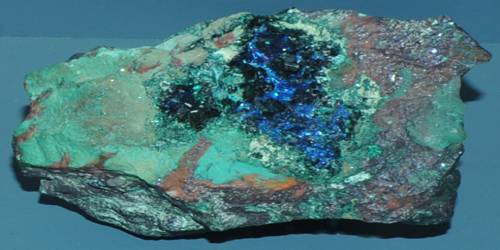The exoplanet 55 Cancri b, also known as Galileo, orbits the Sun-like star 55 Cancri A every 14.65 days. It is a gas giant exoplanet in the habitable zone of a K-type star. It is the second planet in order of distance from its star, and is an example of a hot Jupiter, or perhaps more accurately, a “warm Jupiter.” It has a mass of 0.8306 Jupiters, takes 14.7 days to complete one orbit around its star, and is 0.1134 AU away from it. In 1996, it was announced that it had been discovered.
NameExoWorlds, a process for giving proper names to certain exoplanets and their host stars, was launched by the International Astronomical Union in July 2014. The new names were chosen through public nomination and voting. The International Astronomical Union (IAU) announced in December 2015 that the winning name for this planet was Galileo. The Royal Netherlands Association for Meteorology and Astronomy of the Netherlands submitted the winning name. It is named after the early-17th-century astronomer and physicist Galileo Galilei.
Discovery
Geoffrey Marcy and R. Paul Butler discovered 55 Cancri b in 1996. It was the fourth extrasolar planet discovered, excluding pulsar planets. It was discovered by detecting changes in the radial velocity of its star caused by the planet’s gravity. A 15-day periodicity was discovered by taking sensitive measurements of the Doppler shift of the spectrum of 55 Cancri A. The planet was announced in 1996, along with Tau Boötis’ planet and Upsilon Andromedae’s innermost planet.
Even after accounting for this inner planet, which has a mass of at least 78 percent that of Jupiter, the star’s radial velocity continued to drift. This eventually led to the discovery of the outer planet 55 Cancri d in 2002.
55 Cancri is a binary star system located 41 light-years from the Sun in the zodiac constellation of Cancer. The Bayer designation is Rho1 Cancri (1 Cancri), and the Flamsteed designation is 55 Cancri (abbreviated 55 Cnc). The system consists of a K-type star and a smaller red dwarf (55 Cancri B).

Characteristics
The gas giant 55 Cancri b has no solid surface. The atmospheric transit has revealed the presence of hydrogen in the upper atmosphere. Because the transit is so tangential, its radius, density, and temperature are unknown. Assuming a composition similar to Jupiter and an environment close to chemical equilibrium, the upper atmosphere of 55 Cancri b is predicted to be cloudless, with a spectrum dominated by alkali metal absorption.
The transit of the atmosphere indicates that it is slowly evaporating due to the sun’s heat. The evaporation rate is slower than it has been observed for previously studied (hotter) hot Jupiters. Large moons are unlikely to exist on the planet because tidal forces would either eject them from orbit or destroy them on short timescales relative to the system’s age.
Orbit and mass
55 Cancri b has a short-period orbit, though it is not as extreme as the previously discovered hot Jupiter 51 Pegasi b. The planet’s orbital resonance with the nearby planet 55 Cancri c is 1:3.
The radial velocity method used to discover the planet has a limitation in that only a lower limit on the mass can be determined. According to Hubble Space Telescope measurements, the outer planet is inclined at around 53° with respect to the plane of the sky. Assuming that this measurement is correct and that the planetary system is coplanar, the planet’s true mass is 25% greater than the lower limit, which is around 1 Jupiter mass.
















